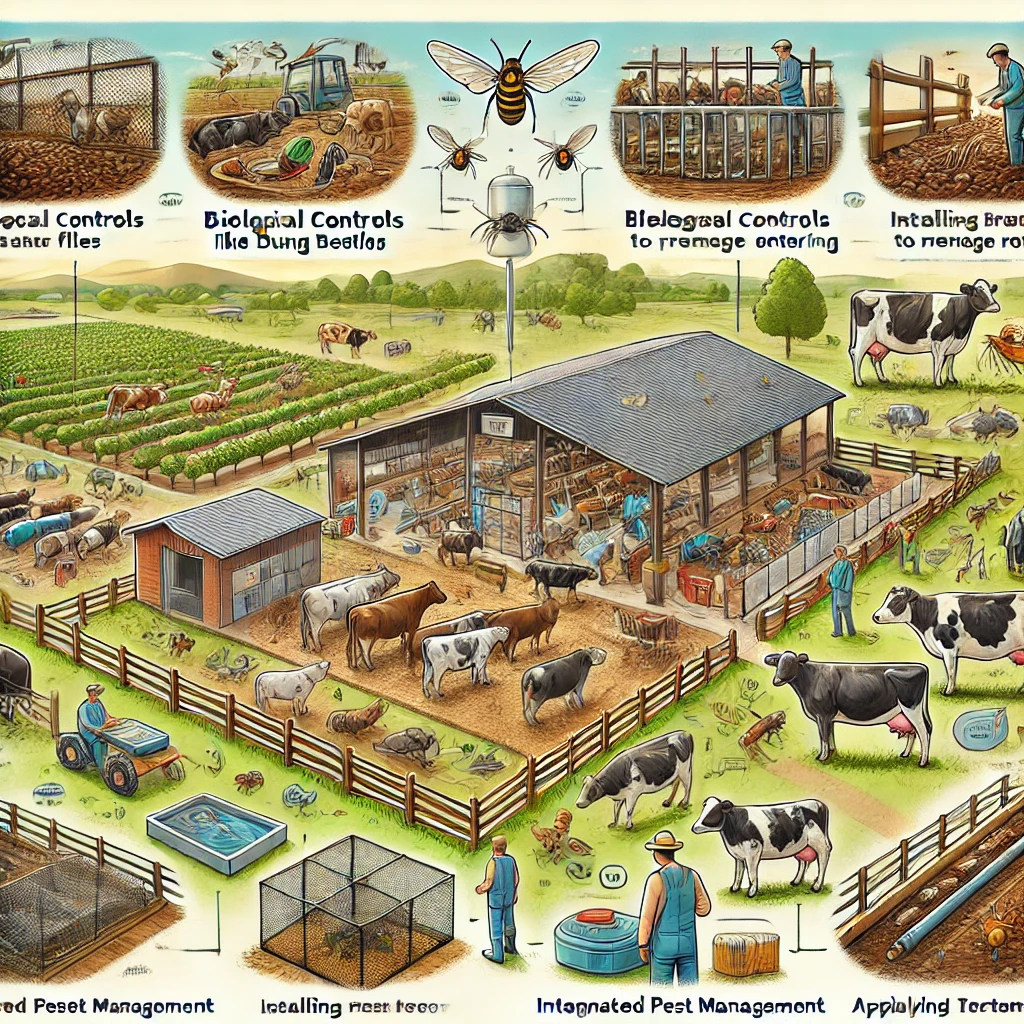
Introduction to Pest Control in Livestock and Poultry Farming
Pest control in livestock and poultry farming is essential for maintaining animal health, ensuring high productivity, and safeguarding food quality. Pests such as flies, mites, ticks, rodents, and other insects pose significant threats to livestock and poultry by spreading diseases, causing stress, and contaminating feed. Effective pest control strategies are vital in these farming environments to prevent economic losses and protect the welfare of animals.
Impact of Pests on Animal Health and Productivity
Pests can have a direct impact on the health and productivity of livestock and poultry. For instance, flies and mites can irritate animals, leading to discomfort and reduced feeding, which affects growth and productivity. Moreover, pests like ticks and mosquitoes are vectors for diseases such as avian flu, West Nile virus, and tick-borne diseases, which can lead to severe health issues and even death in animals. Consequently, the presence of pests can result in significant economic losses due to decreased productivity, increased veterinary costs, and, in some cases, culling of affected animals to prevent the spread of disease.
Integrated Pest Management (IPM) in Animal Farming
Integrated Pest Management (IPM) is an effective approach for controlling pests in livestock and poultry farming. IPM combines several strategies to manage pest populations while minimizing the use of chemical pesticides. For example, maintaining cleanliness in animal housing areas, such as regular removal of manure and waste, helps reduce breeding sites for pests like flies and rodents. Biological controls, such as introducing natural predators of pests or using parasitic wasps to control fly populations, are also used. When necessary, targeted chemical treatments are applied to specific areas to reduce pest populations without exposing animals or the environment to excessive chemicals.
Use of Biological and Mechanical Controls
Biological and mechanical controls are crucial components of pest management in livestock and poultry farming. Biological controls involve using natural enemies of pests, such as introducing beneficial insects to control pest populations. For example, dung beetles are used to break down manure quickly, which reduces breeding grounds for flies. Mechanical controls include the use of traps, barriers, and other physical means to prevent pests from accessing animal housing areas. Installing screens on windows, using rodent traps, and setting up electric fences are effective strategies to keep pests away from animals and their feed.
Challenges and Future Directions in Pest Control
Pest control in livestock and poultry farming faces several challenges, including the development of resistance to pesticides, the need for environmentally sustainable practices, and the impact of climate change on pest populations. As pests become resistant to commonly used chemicals, there is an increased need for alternative control methods. Moreover, the environmental impact of chemical use in farming requires more sustainable approaches, such as biological controls and IPM. Looking ahead, research into new technologies and methods, such as genetic controls and precision agriculture, will be essential for developing innovative pest management strategies that are both effective and sustainable.
